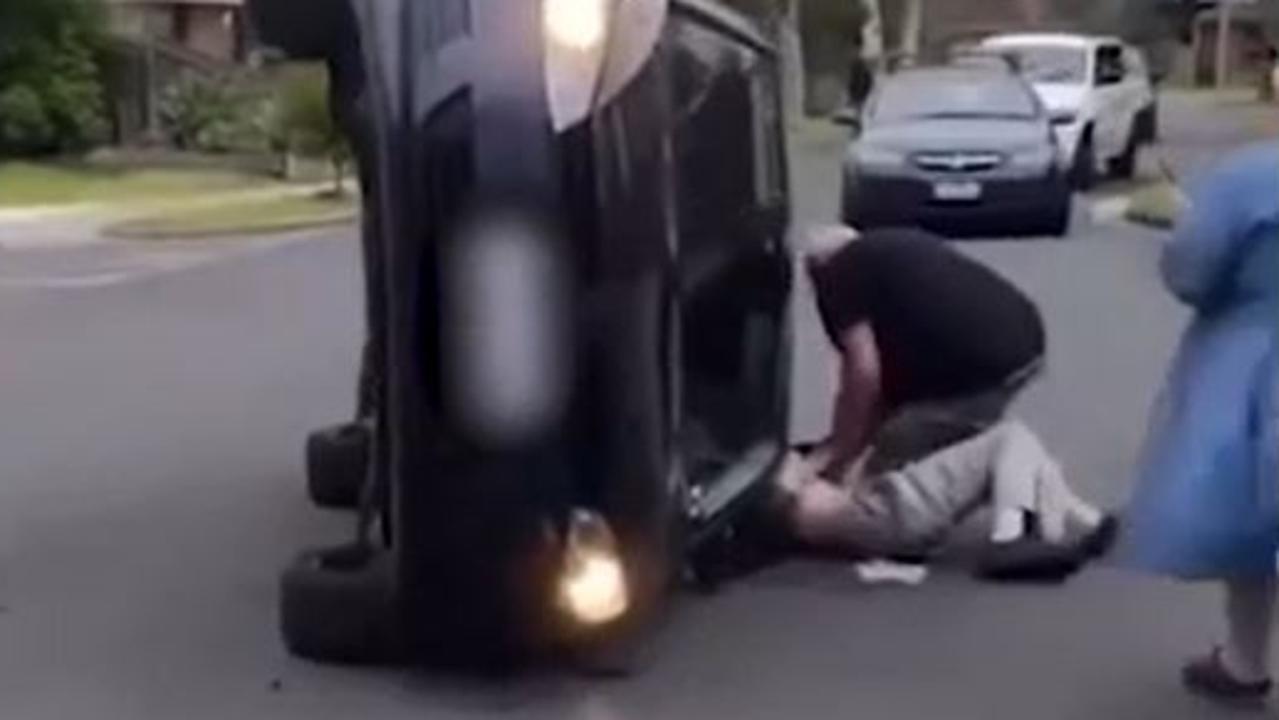Terminally ill Victorians distressed by hospitals’ move
Interviews with dozens of Victorians have exposed a distressing issue that forces dying patients to leave their hospital ward or aged care unit.

Victoria
Don't miss out on the headlines from Victoria. Followed categories will be added to My News.
Terminally ill Victorians who died via voluntary assisted dying faced barriers when initially trying to access the program, causing considerable stress in their final months.
That is the finding of a landmark study, published in the Medical Journal of Australia, that found some hospitals, palliative care units and aged care homes which object to offering VAD themselves were also preventing patients from accessing outside help.
Queensland University of Technology Professor Ben White said these barriers ranged from banning the necessary medication from their premises to blocking external doctors from seeing their patients on their grounds, forcing terminally ill patients to leave the facility for medical care.
“There were a number of instances where it was “I can’t assess you while you are in hospital X because they won’t allow me on the premises,” he said.
One participant told researchers it was a “great sadness” her mum’s last hours were “mostly filled with stress and distress, having to scurry around moving her out of her so-called ‘home’.”
She was one of 32 caregivers interviewed by researchers from QUT’s Australian Centre for Health Law Research about their experiences with VAD in Victoria – alongside one terminally ill patient – for the study.
Victoria was the first state in Australia to legalise VAD for terminally ill patients who meet strict eligibility conditions in 2019.
Prof White said the practice of entire institutions — as opposed to individual doctors — refusing to offer VAD — meant some patients felt they had to choose between facilities that offered VAD and the facility with the best palliative treatment for their condition.
“Patients and families also talked about the distress, the frustration, the anger, the fear of missing out,” he said.
Institutional barriers were identified in 17 of the 28 patient cases.
Other barriers cited included the requirement for patients – not doctors – to first mention VAD using specific language, a Federal law that bans discussing VAD over telehealth and actually finding doctors who both specialised in the person’s illness and VAD.
Prof White said while the number of trained doctors has improved since 2019, there are still challenges in finding doctors, citing one participant whose GP – morally opposed to VAD – refused to refer them to a different doctor.
“Where does a patient go from there?,” he said.
“The statewide care navigators now do have a list of doctors who they’re able to connect patients with.
“But that of course depends on people finding the statewide care navigators.”
Requiring doctors who object to offering VAD to refer patients to another doctor was one of four recommendations made by the authors.
But the study was clear that once families were able to actually access the VAD system, they found the staff supportive.
“They were really, really positive about their commitment, compassion,” he said.
A review of the system — legislated when VAD was first passed into law — is set to commence this year.
A health department spokeswoman said appropriate and compassionate access to assisted dying was their “top priority”.
“We’ll consider feedback on all aspects of the program when a review is conducted,” she said.
“We established the Statewide Voluntary Assisted Dying Care Navigator Service and we continue to advocate to the Commonwealth to amend the criminal code so more Victorians can have important conversations about voluntary assisted dying over the phone or via teleconference.”




